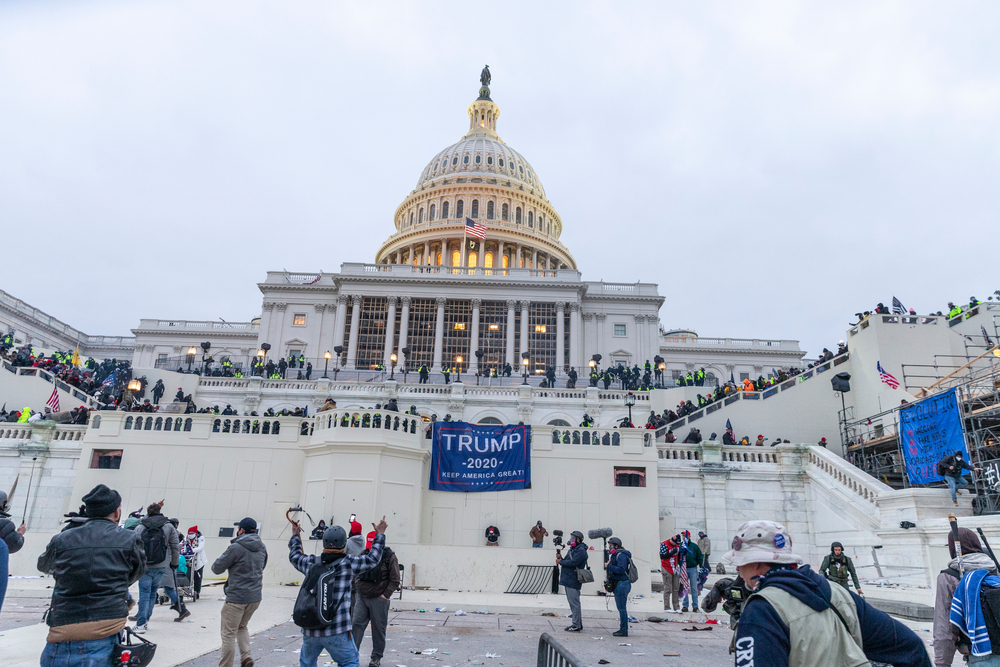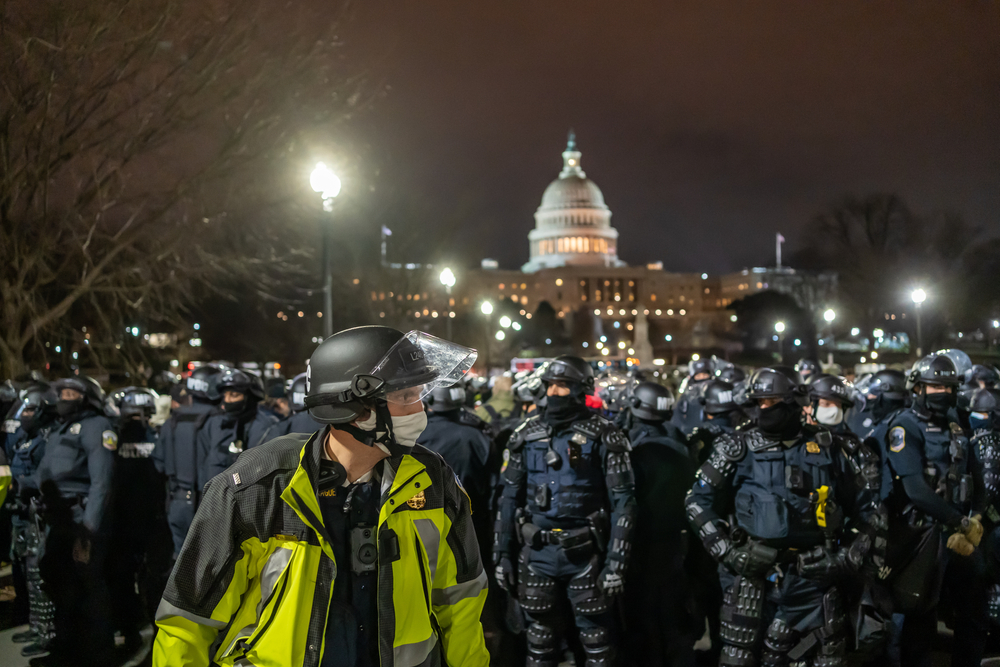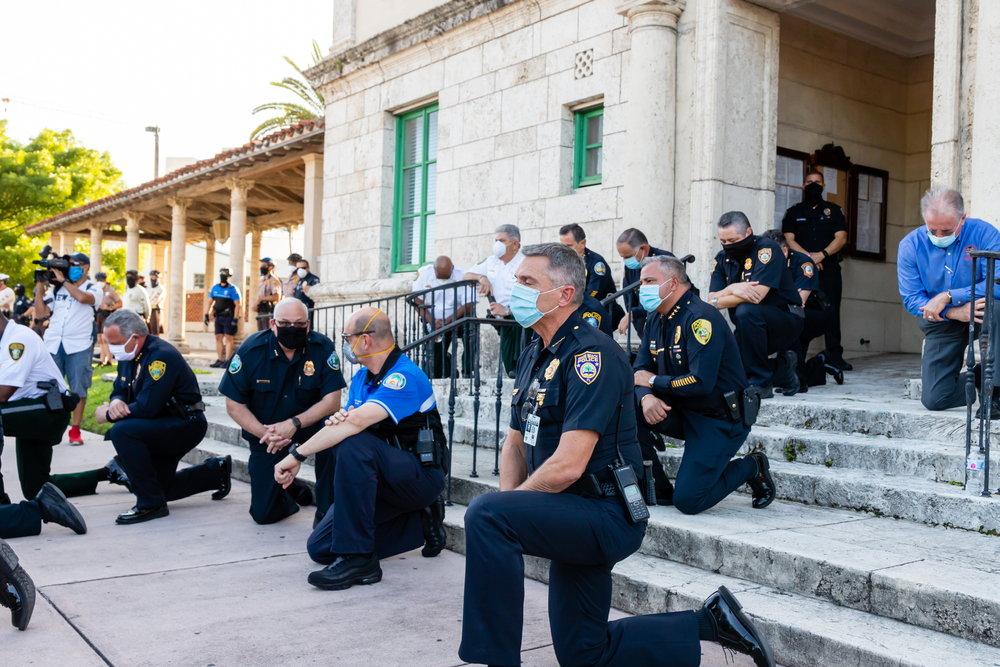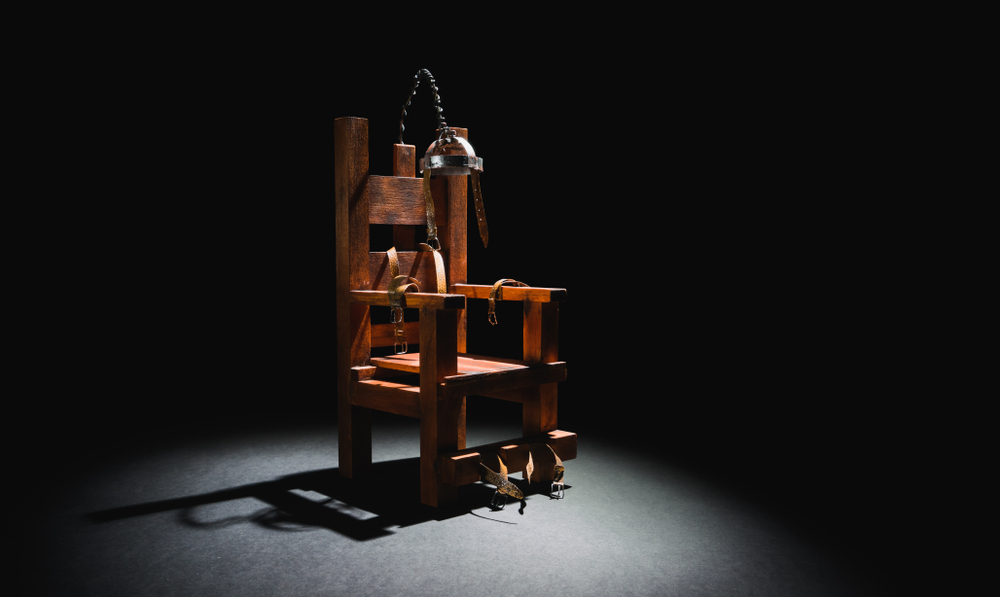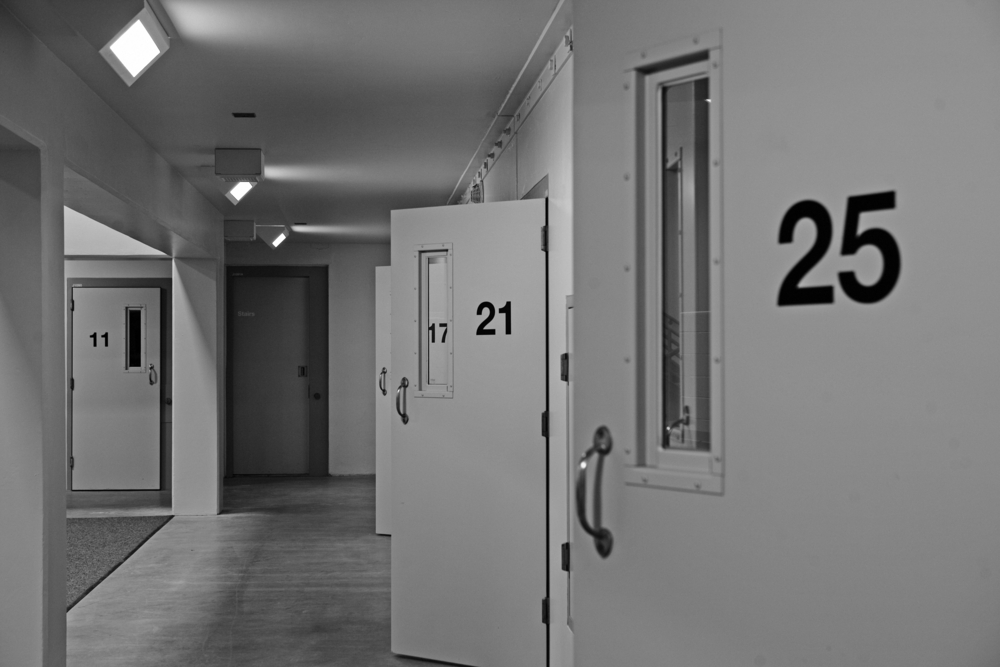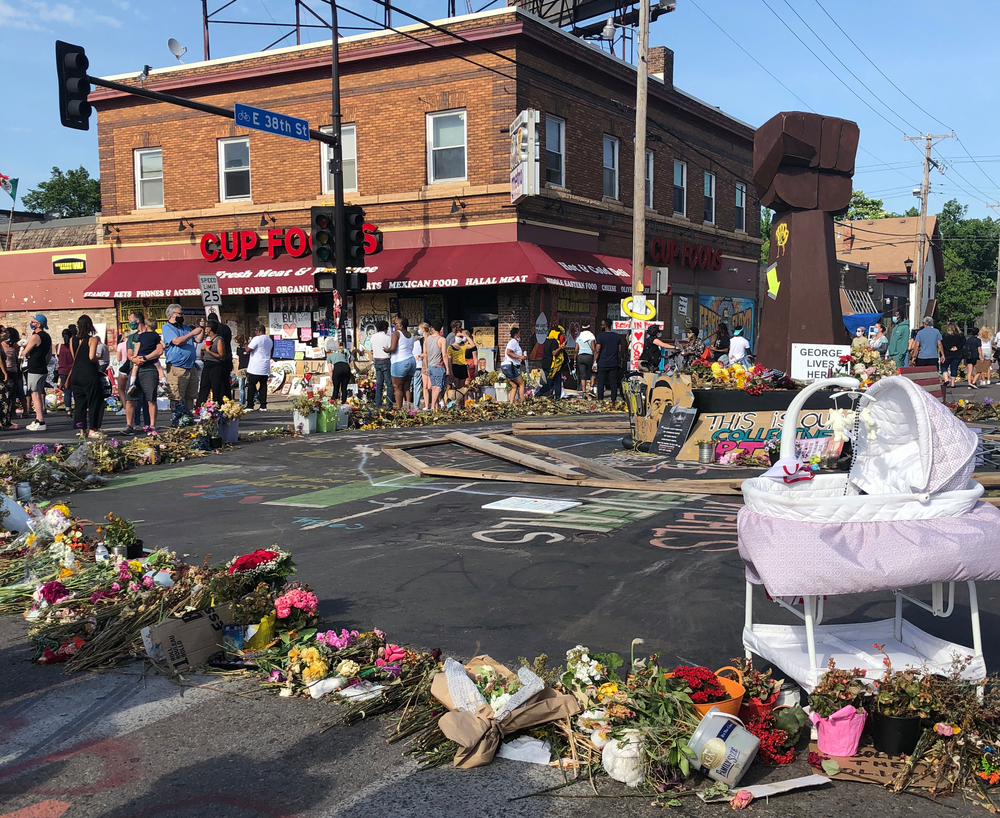Police surveillance cameras have time limits, Massachusetts court says
Can police mount surveillance cameras on phone and utility poles outside your house and watch your every move? Not in Massachusetts, at least not for extended periods.
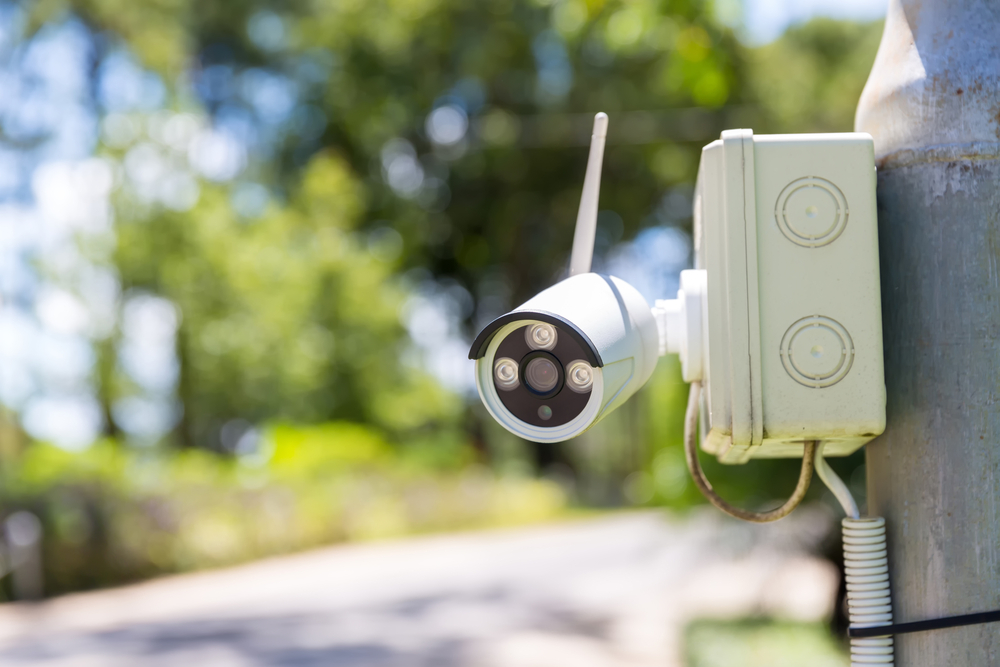
The Massachusetts Supreme Judicial Court has ruled in a criminal case that such surveillance cameras violate the home dwellers’ rights to privacy. And in its ruling, the court said not living in a gated community or being able to build a wall should not make someone susceptible to such tactics.
Still, there is dissension among judges in courtrooms around the country, which may land the matter with the Supreme Court.
RELATED: Social media can be a tool or a weapon for police
RELATED: Chokeholds lose favor in many, not all, police departments
In the case of the Commonwealth v. Nelson Mora, here is what led to the recent ruling on the use of pole-mounted surveillance cameras pointed at houses:
The attorney general’s office, in investigating an alleged drug network in Essex County set up five hidden cameras on public telephone and utility poles. It trained them directly on the houses of drug dealer suspects, to capture their comings and goings. The attorney general used video footage from those cameras to indict 12 men.
In determining whether the surveillance was an invasion of privacy, a Superior Court judge denied eight defendants’ motions to toss evidence obtained by the cameras on the grounds that the pole surveillance cameras did not constitute a search in the constitutional sense.
State Constitution is deciding factor
The Supreme Judicial Court, however, overturned that decision. Justice Barbara Lenk, who wrote the opinion, pegged it on the state constitution’s Declaration of Rights.
“We conclude that the continuous, long-term pole camera surveillance targeted at the residences of (Nelson) Mora and (Ricky) Suarez well may have been a search within the meaning of the Fourth Amendment, a question we do not reach, but certainly was a search under art.”
The courts’ division is obvious to anyone researching this topic, said Daniel Medwed, Distinguished Professor of Law and Criminal Justice at Northeastern University in Boston.

“What is interesting about (the Massachusetts decision) is that it follows the mosaic decree that says when there is surveillance that creates a mosaic of your comings and goings, that is more worrisome than a singular camera shot,” Medwed said. “The court is not so worried about cameras that captured people on the street or driving, but the idea they were trained on people’s houses over a prolonged period of time is what was the problem. You have a reasonable expectation of privacy in the long-term pattern of your life with respect to your home.”
People do not have that same expectation when they are out and about conducting their lives, he said.
2013 ruling on cell phones is key
The Supreme Court ruled in 2013, in Carpenter v. United States, that the use of cell phone data could be considered a search under the Fourth Amendment. That blew a hole in the argument that monitoring someone in public never requires a warrant.
“It held in Carpenter that the government’s warrantless seizure of seven or more days of historical cell-site location information violated the Fourth Amendment,” The Center for Democracy and Technology reported. “The case was heralded by privacy advocates (including CDT) as a significant constraint on the third-party doctrine, a legal principle holding that a person has ‘no legitimate expectation of privacy’ in information voluntarily turned over to third parties.”
The Supreme Court ruled that a person doesn’t surrender all Fourth Amendment protections against illegal search and seizure by venturing out in public. They still maintain an expectation of privacy.
“Carpenter dealt with cell phone location data, which also relied on the mosaic theory,” Medwed said. “Federal law is a floor and states cannot provide fewer protections. But Massachusetts has a long history of providing more (Constitutional) protection. Other states might not be as protective of individual liberties. Eventually, this whole camera case will end up in the Supreme Court, just as we have seen with GPS monitoring and cell phone data.”
This is a matter of individual rights and liberties at the expense of the government, he said. The court offered “very artful opinions” in the Mora case, Medwed said. “That there is something different about your home and long-term surveillance of your home. The mosaic theory is maybe something that as we enter this 21st century model, that is where technology is these days.”
The Supreme Court first grappled with the use of technology in the 1960s when wiretapping first came about.
“They said it’s fine for you to sit in your car and watch the house, so, why can’t you set up a pole camera? The court recognized there is something different about that,” Medwed said.
When someone is watching a house and the person inside realizes it, they can close the blinds, he said. When there is a camera mounted on a utility pole, they are not aware of, they do not have that option.
“That is where the court grapples with the reasonable expectation of privacy.”










